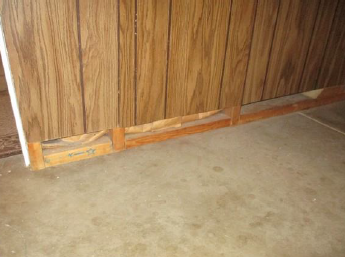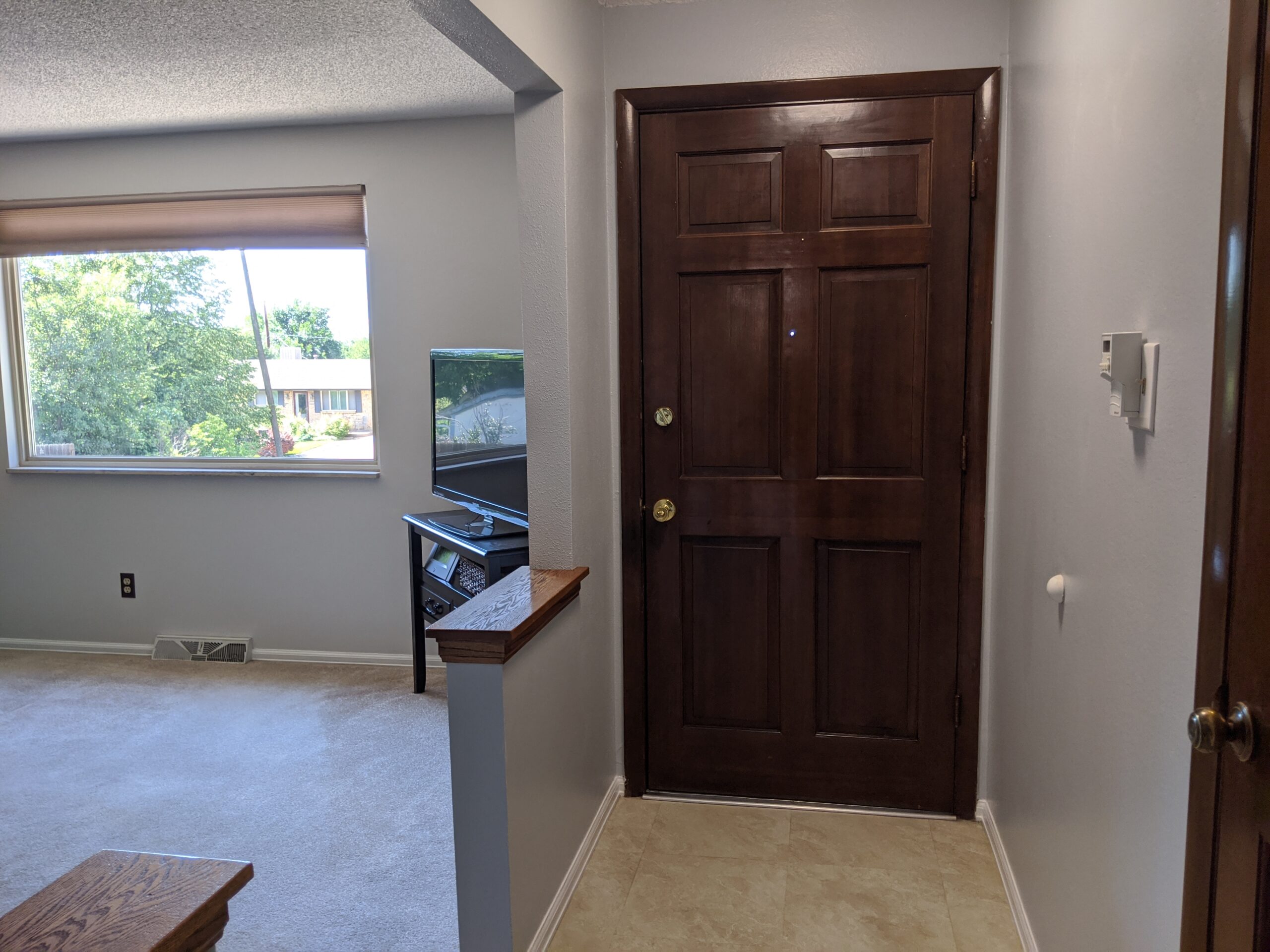Understanding Asbestos Testing & Remediation
At Beams to Basements Contractors, we take pride in delivering top-notch home remodeling and renovation services. As experts in transforming living spaces, we also prioritize safety by preventing exposure to environmental hazards like asbestos. A common material in over 3,000 products, asbestos poses significant health risks when disturbed. That’s why we require professional asbestos testing if demolition is needed, even before we calculate our estimate for the project.
Why Asbestos Testing is Crucial
Asbestos fibers are microscopic and invisible to the naked eye, making them impossible to detect without testing. Many common building materials, such as wall textures, insulation, floor tiles, ceiling tiles, drywall, joint compounds, and carpeting, may contain asbestos. These materials often look identical to non-asbestos versions, complicating visual identification.
Asbestos’ durability and heat resistance made it a versatile material, leading to its widespread use. The Colorado Department of Public Health and Environment (CDPHE) advises that “asbestos-containing materials in good condition should not pose a hazard to building occupants.” However, if these materials are disturbed or damaged, asbestos can become airborne and inhaled, leading to severe health issues, including lung cancer, mesothelioma, and asbestosis. Therefore, asbestos testing is essential before any demolition work.
Professional testing by state-certified inspectors is the only reliable way to confirm the presence of asbestos. These inspectors collect samples from suspected materials and analyze them in a laboratory. Inspections can be avoided for buildings built after October 12, 1988, ONLY IF the architect or engineer who designed it submits documentation proving that no asbestos-containing material was specified or used in the building’s construction.
Regulations and Compliance
One common misconception about asbestos is that it was completely banned in the United States in the 1980s. Despite being a known carcinogen, asbestos is still legally manufactured domestically, imported, and used, even in homes built today. Federal agencies like the U.S. Environmental Protection Agency and Consumer Product Safety Commission, as well as many state governments, have strict regulations governing the handling of asbestos.
They’ve established minimum measurements of potential asbestos-containing materials to be disturbed as trigger levels that require testing. For example, the trigger levels for a single-family residential dwelling are 50 linear feet of pipes, 32 square feet on other surfaces, or a total volume equivalent to a 55-gallon drum. These regulations protect workers, residents, and the community from the dangers of asbestos exposure. Doing the job right means complying with these regulations to ensure safety and avoid fines, lawsuits, and project delays.
The Asbestos Remediation Process
Once asbestos is identified through testing, a professional remediation process is necessary to safely remove and dispose of it. Here’s what this typically involves:
- Containment: The affected area is sealed off to prevent asbestos fibers from spreading to other parts of the building. This includes creating physical barriers and using negative air pressure machines.
- Removal: Certified asbestos removal specialists carefully remove the asbestos-containing materials, ensuring they don’t disturb the fibers and release them into the air.
- Disposal: Asbestos-containing materials must be disposed of at designated facilities equipped to handle hazardous waste.
- Air Monitoring: The air in the affected area is monitored to ensure it is free of asbestos fibers using specialized equipment.
- Final Inspection: A final inspection ensures all asbestos is removed and the area is safe for occupancy.
Health Risks of Asbestos Exposure
The health risks associated with asbestos exposure are severe. According to the National Cancer Institute, inhaling asbestos fibers can cause:
- Lung Cancer: This is the most common cancer associated with asbestos exposure, with smokers at an even greater risk.
- Mesothelioma: A rare cancer affecting the lining of the lungs, chest cavity, or abdomen, almost exclusively caused by asbestos exposure.
- Asbestosis: A chronic lung disease causing scarring of lung tissue, leading to symptoms like shortness of breath and coughing.
The latency period for these diseases can be long, often taking 15 to 50 years after exposure for symptoms to appear. This means individuals exposed to asbestos may not realize the health risks they face until many years later.
Who Can Remediate Asbestos
Beams to Basements is not certified by the state to inspect or remediate asbestos, but we can recommend companies we’ve personally worked with that can do this work properly. These professionals have the training, experience, and equipment necessary to safely identify, remove, and dispose of asbestos-containing materials. Colorado also does not allow the same contractor to perform both testing and remediation, protecting homeowners from potential conflicts of interest. Hiring a professional ensures the job is done correctly, follows all safety regulations, and provides peace of mind that your health and safety are protected.
Conclusion
Asbestos remediation is a critical process that ensures the safety of workers, building occupants, and the community. The dangers of asbestos exposure cannot be overstated, and professional testing is the only reliable way to confirm its presence.
If you’re considering a renovation or demolition project, don’t take risks with your health and safety. Start with licensed and accredited inspectors to test for potential contaminants. If found, hire a state-certified general abatement contractor to ensure your project is handled safely and in compliance with all regulations.
At Beams to Basements, we’re here to help you create a safe and beautiful home.
For more information on asbestos testing and remediation, here are some valuable resources:
- Environmental Protection Agency
- Colorado Department of Public Health & Environment
- Jefferson County
- Boulder County
- City of Golden Demolition Requirements
- 2 state-certified testing companies we trust:
- Altura Environmental Services for asbestos mitigation












